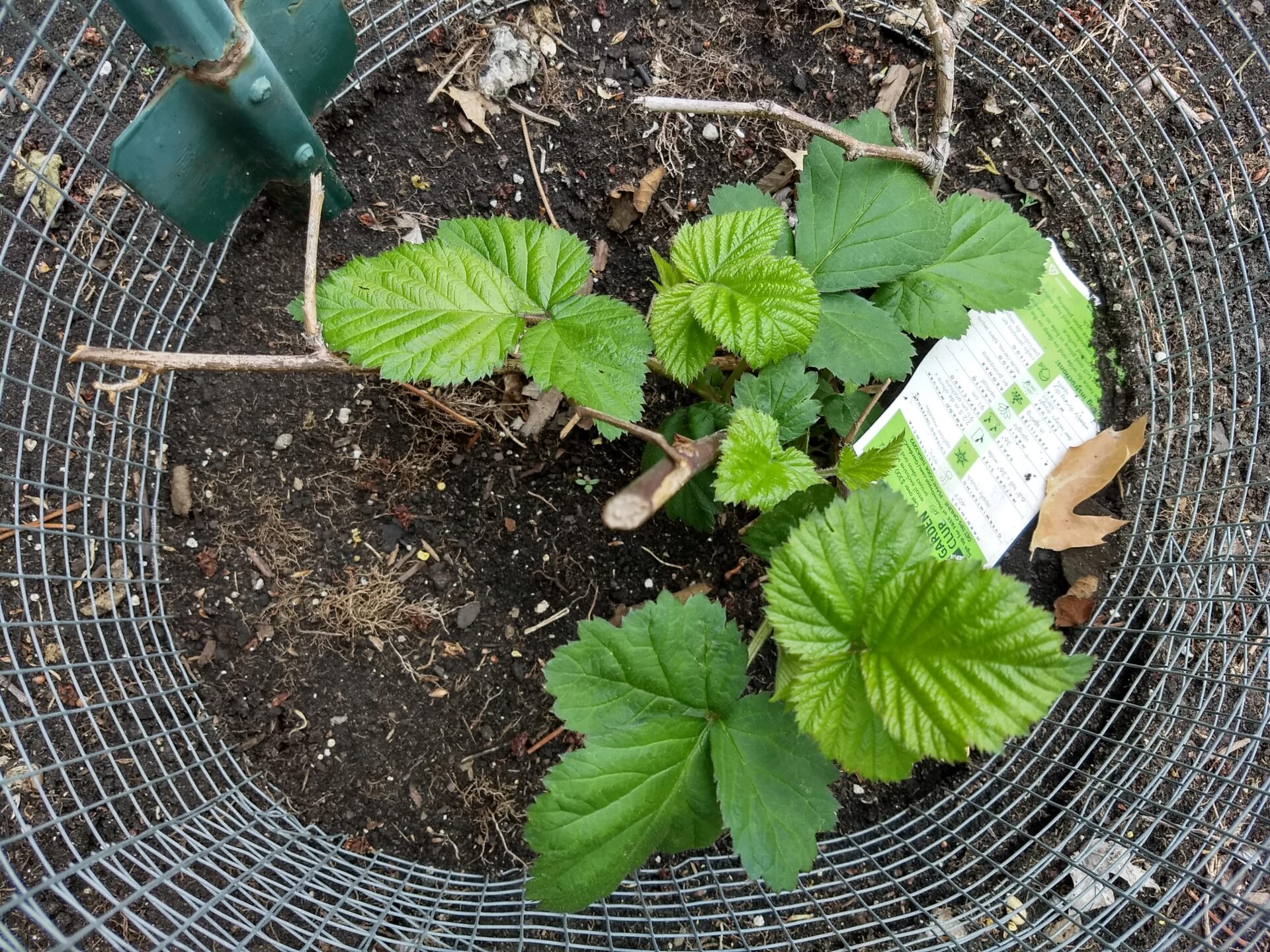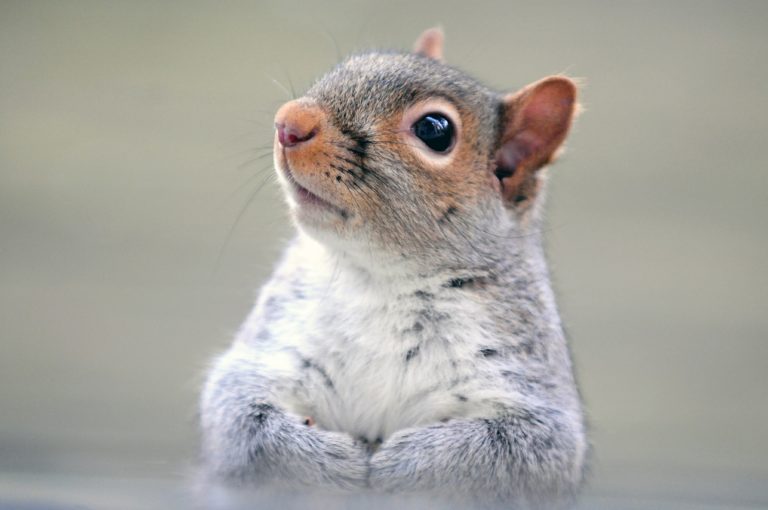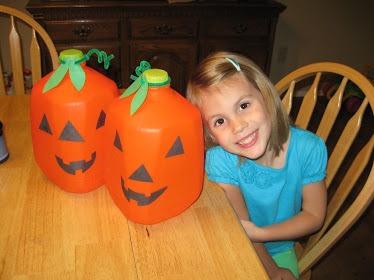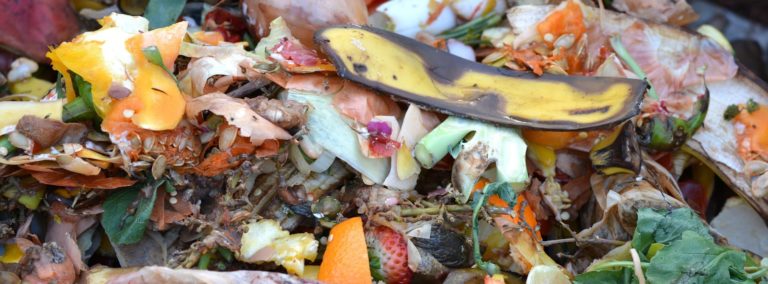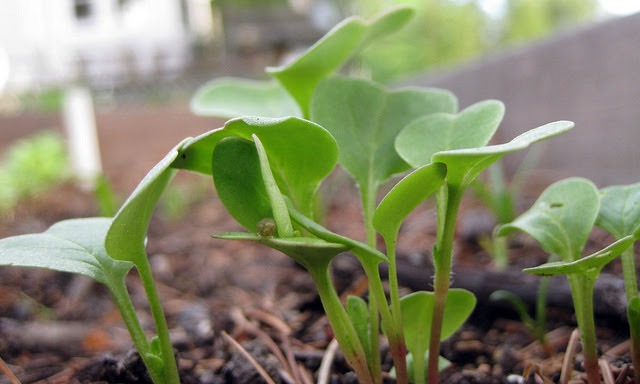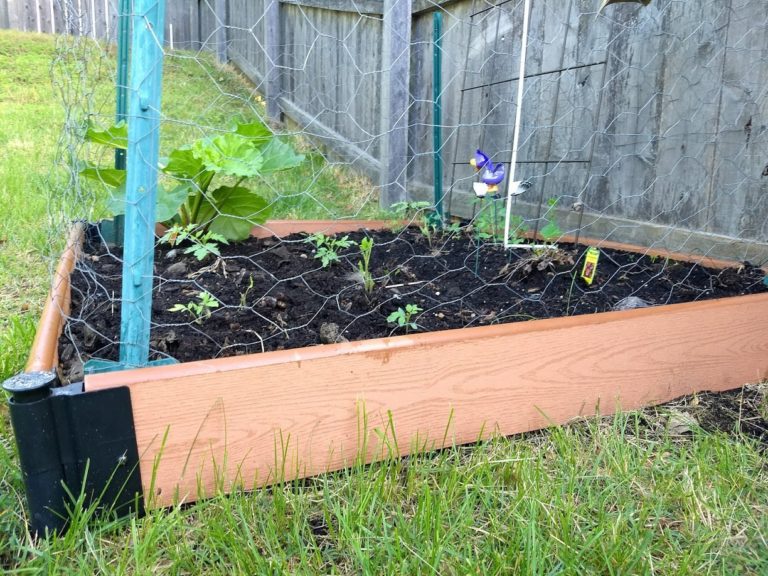5 Perennial Fruits and Veggies You Can Grow
When we think of growing food in a garden, we often think of annual vegetables that grow for just one year, are harvested, and do not automatically grow back the following year. If you want to grow those again, you must plant new seeds. These are known as annuals, or plants that only live for one season. However, there are a few garden fruits and veggies that, once planted, will return each year. These are called perennials.
There are obvious edible perennials like trees that grow apples, peaches, oranges, and other fruit, but perennial fruit does not always grow on a tree. There are some perennial fruits and vegetables that can grow well in small gardens, and there are advantages to growing perennial food plants. They don’t need to be replanted every year, and once they are established, they require minimal maintenance other than some pruning and fertilizing.
Here are five perennial fruits and veggies to try in your garden this year:
1. Strawberries
You can choose from a variety of strawberry types at many garden centers. Some spread readily while others are more self-contained. There are varieties that grow best in the ground and varieties that can be grown in pots. Homegrown strawberries are usually smaller and more flavorful than strawberries purchased at a grocery store. You may need to fence your strawberries off and/or cover the plants with netting once fruit forms and begins to ripen in order to protect it from hungry garden pests.
2. Blackberries
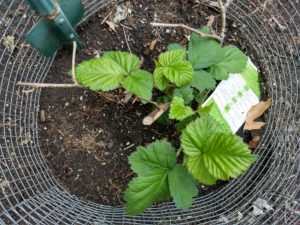
Blackberry seedlings are easy to find at garden centers, and they now come in thornless varieties that are less intimidating to work around in a home garden and make harvesting berries a lot easier. I’ve had one for a couple of years now, although I haven’t gotten much fruit off of it yet, and the few berries that do grow often get eaten by critters before I can get to them. I have hopes that it will only get better and more prolific in the coming years.
3. Raspberries
Similar to blackberries, these come in different varieties, including thornless. With both raspberries and blackberries, you can find varieties that don’t spread as aggressively if you have limited growing space, although it’s easy to control their spread by simply digging up or cutting the extra canes.
4. Asparagus
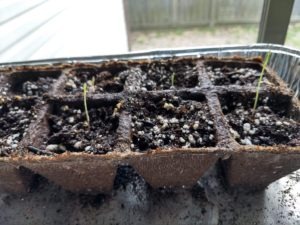
Asparagus takes several years to get established but then can be harvested every spring. I found seed packets at Walmart. The seeds are small, so it’s a good idea to start them in small pots or compostable containers indoors and transplant them later when the seedlings are larger.
5. Rhubarb
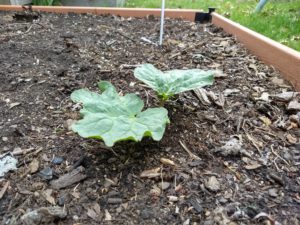
This less-common edible perennial has a tart flavor, and the cut-up stalks go well in dishes like strawberry rhubarb crisp or strawberry rhubarb pie. It takes a couple of years for plants to get established, and then you can begin harvesting the stalks in the spring. (The leaves are slightly toxic and therefore not edible.)
Do you grow any perennial fruits and vegetables? Let us know in the comments.

